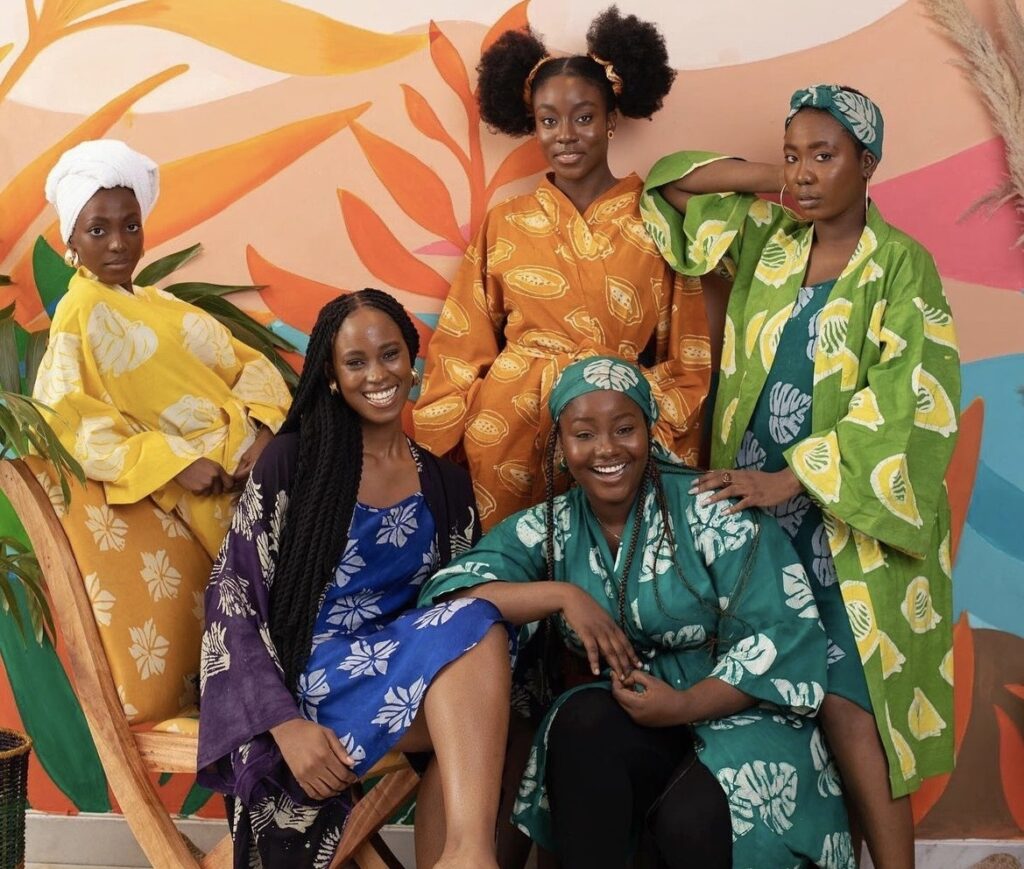Why You Need a Brand Community of Loyal Customers and How to Build One

Whether you’re an established designer or an emerging brand in the retail realm, the key to success often lies in the relationships you develop along the way. From trade shows and market appointments to wholesale marketplace platforms such as The Folklore, there are various proven ways for brands and retail buyers to meet and work together. But for brands that mostly sell or want to sell through retail stores, the limited interaction with end consumers makes it harder to connect directly with the people who buy and use their products.
Why you should build a brand community
Cultivating customer loyalty and building a brand community is essential for emerging wholesale brands looking to grow and succeed. But it takes some time and effort, especially as traditional avenues of customer engagement are open mostly to the retail stores and boutiques where the products are stocked.
Of course, many brands still operate direct-to-consumer (DTC) channels, as well as social media accounts where they can directly reach their customer base. An engaged brand community is a shortcut to long-term success for any brand; they can be the key to helping your company endure market fluctuations and help you thrive in the competitive landscape: they are more likely to seek your products out from multi-brand retail stores.
How to build a successful brand community
Emerging wholesale brands can nurture a dedicated and engaged community that contribute to their success in the retail space by authentically connecting with their audience, staying true to their brand values, and actively listening. Here are five steps that brands can take to cultivate an engaging and loyal customer base.

01. Define your brand identity
Before you can build a community, it’s crucial to have a strong identity. What does your brand stand for, and what sets it apart from others in the market? Whether you’re a Black-owned brand or are committed to sustainability, start by clearly defining your brand’s values and identity, then share your story in an authentic and relatable way. People connect with stories, so tell them why you started your brand, what inspires you, and how you’re working to make a difference. Your story should resonate with your target community’s values.
02. Leverage social media
Create a strong online presence through social media platforms such as TikTok and Instagram. Consistently share images of your products, valuable information and engaging content that speaks to your brand community’s interests. You can also encourage your customers to share their experiences with your brand and products on social media. User-generated content builds trust and authenticity, as it comes from real customers and not the brand itself.
03. Create a dialog
Pay attention to what your customers are saying about your brand and products on social media by monitoring your mentions, any reviews, and feedback. Respond to comments and messages promptly, both positive and negative, and show that you value their input. Ask for opinions, conduct polls or surveys to involve your community in shaping your brand, such as deciding on product features or designs.
04. Meet and greet
Host community-building events – virtual or physical – that allow your customers to connect with your brand and each other. Events such as pop-up stores, new product launches, webinars, or Q&A sessions can help build a sense of community. Online, offering giveaways and small prizes is a great way to grab the attention of your followers and encourage them to engage with you.
05. Offer exclusive benefits
Reward loyal customers with exclusive perks, such as early access to products, special discounts, or unique merchandise to make them feel valued as part of your brand’s community. Customers love when they feel like a priority, and if you make them feel that way, you are way ahead of the game.
